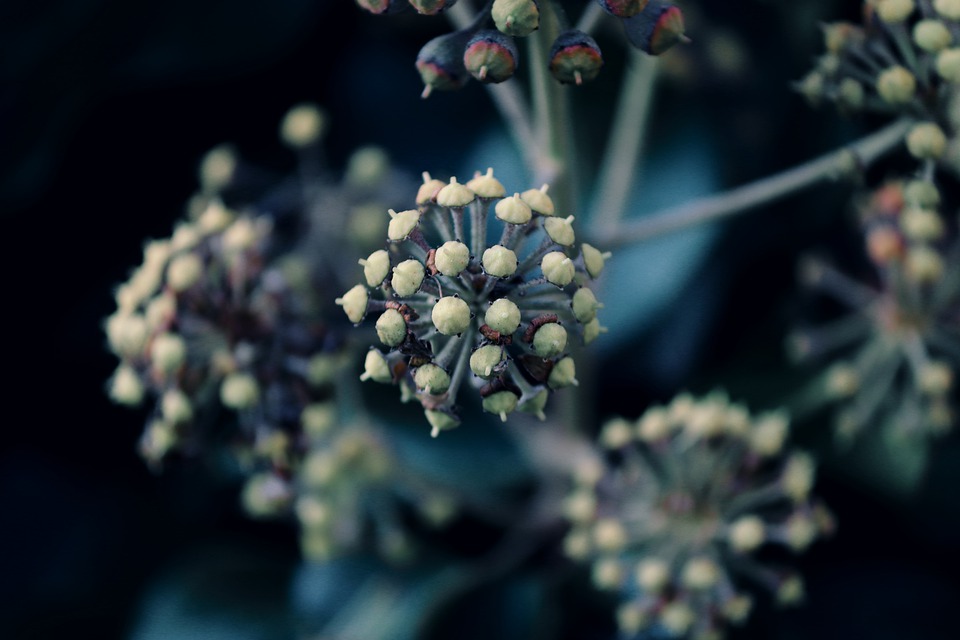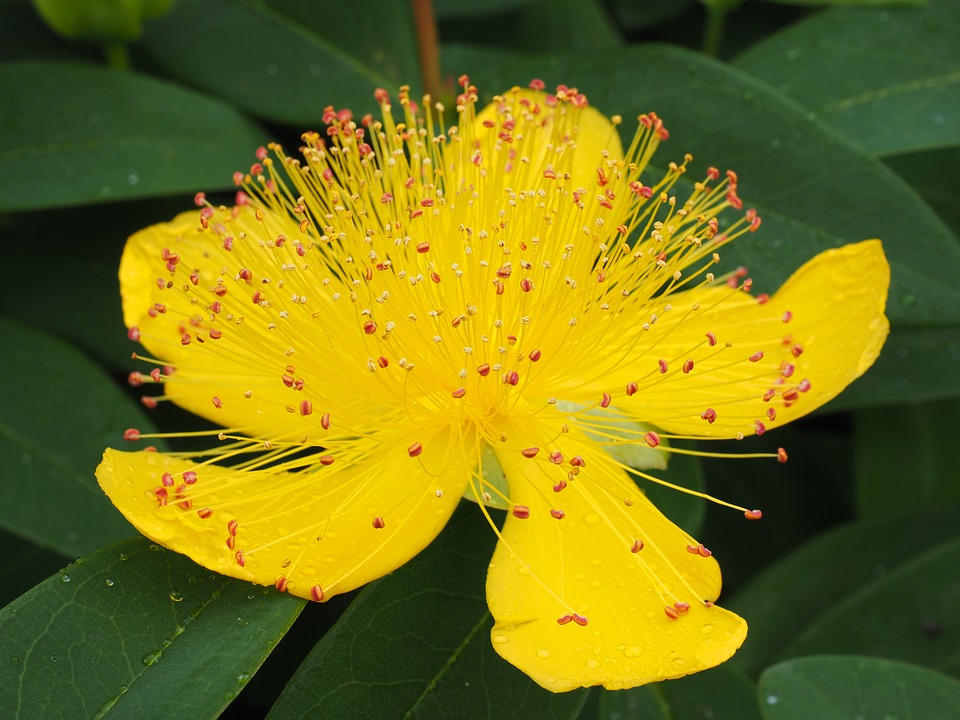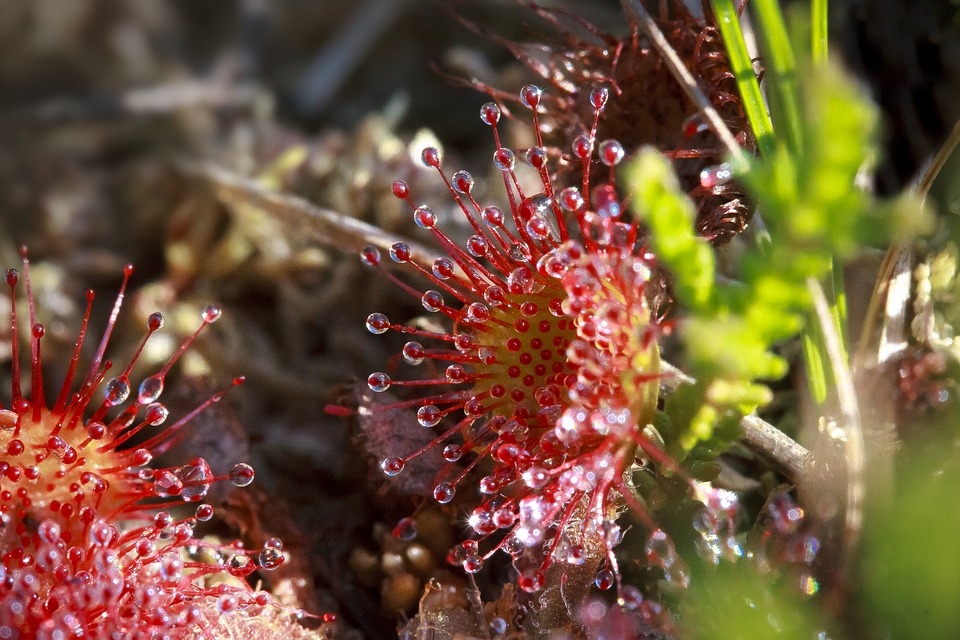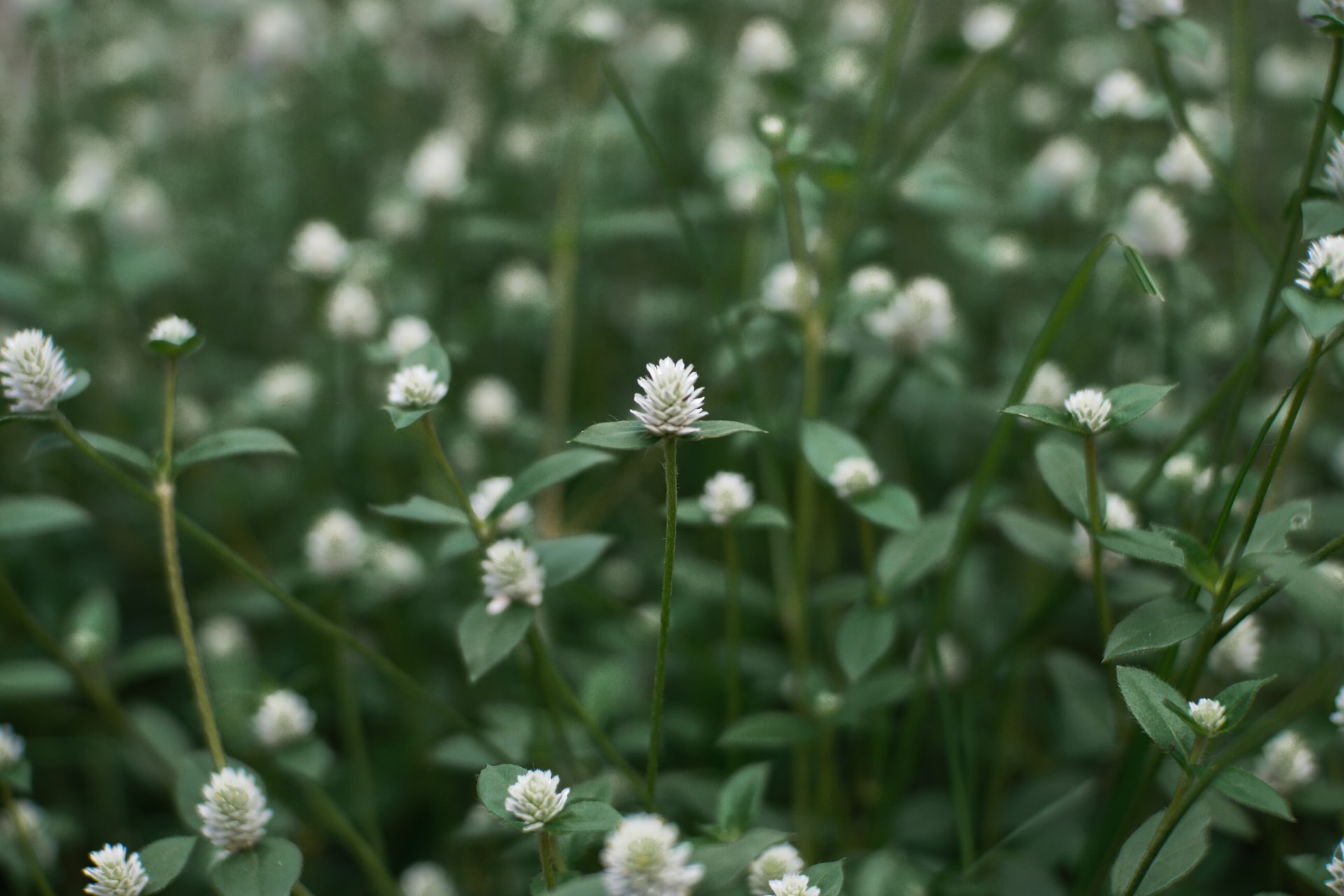Humans tend to depend a lot on plants, whether for food, wood, dyes, textiles, medicines, cosmetics, soaps, rubber, etc. However, today our article is not based on the importance or uses of plants, but rather on plants’ in-built defense mechanisms.
Plants Can Defend Themselves
In the constant struggle for life, plants develop a great variety of defences to ensure their species’ survival. Individual plants find safety in numbers. For example, the grasses that are otherwise quite defenceless grow so quickly and flourish so abundantly that there is little danger of being completely annihilated by animals such as cattle and sheep. Other plants manage to survive because they have efficient defensive weapons. For instance, the mountain laurel and rhododendron have a strong poison in their leaves while barbs or spines or disagreeable odours effectively protect other plants. Certain plants have developed ways of attracting insect friends that either aid in pollination or destroy other insects harmful to these plants.
Normally there are a great many different kinds of plant defences. Certain types protect the plant from all types of dangers, while others are effective only against certain enemies. There are defensive devices that serve only to repel enemies, while others may do considerable harm to any animals that may attempt to attack the plant.
Plant Poisons Are Efficient Defences

Among the most efficient plant defences are the plant poisons, which take effect when the plant is touched or eaten. It is interesting to note that not all parts of the plant are equally toxic or poisonous. Most of the poisons are concentrated in the plant in the plant parts that are most susceptible to attack: the leaves, in which food is manufactured, and the fruits and flowers, which serve for reproduction.
Different poisons produce varying effects on other animals. For example, Poison ivy brings about a very unpleasant skin rash in human beings, but it serves as the main source of food for certain insects that devour the leaves of the plant.
Kinds of Plant Poisons
The plant poisons are made up of complex organic compounds – alkaloids, glucosides, resinoids and organic acids. They produce a variety of symptoms in the victims. Plants that are poisonous by contact such as poison ivy secrete a number of poisons belonging to the alkaloid group. As we pointed out, the main effect is a rash – the condition known as contact dermatitis.
Plants such as sorghum, arrowgrass, and certain wild cherry species secret a glucoside-type poison called prussic acid. This acid kills within minutes after animals feed on a plant containing it. Another active ingredient in many plant poisons is the compound known as tremetol, which is found in the white snakeroot and the rayless goldenrod. Tremetol causes the disease called ‘trembles’ in grazing animals and it is characterized by muscular weakness and shaking. This form of animal poisoning is of particular concern to mankind because the poison is very soluble in cow’s milk and can be transmitted to man though that medium. In the human form, the disease is commonly known as “milk sickness.”
Plants That Secrete Photosensitizing Poisons

Some plants secrete what is known as photosensitizing poisons. These substances make an animal highly sensitive to light. If the animal remains in the shade, it will be unaffected, but if it steps into strong sunlight, it will develop a wide variety of symptoms, death may result. Such plants secrete photosensitizing poisons as the buckwheat and St. John’s –wort.
Some poisonous plants do not manufacture their poisons at all but take them up directly from the soil. These plants are often referred to as seleniferous because their venom is so commonly the element of selenium. They can absorb this element through their roots from certain types of shale. The locoweed, wild aster and prince’s plume are plants of this type. They cause the conditions known as alkali disease and “blind staggers.”
As per the above article, what is your perspective on plant defences? Please share your comments!



